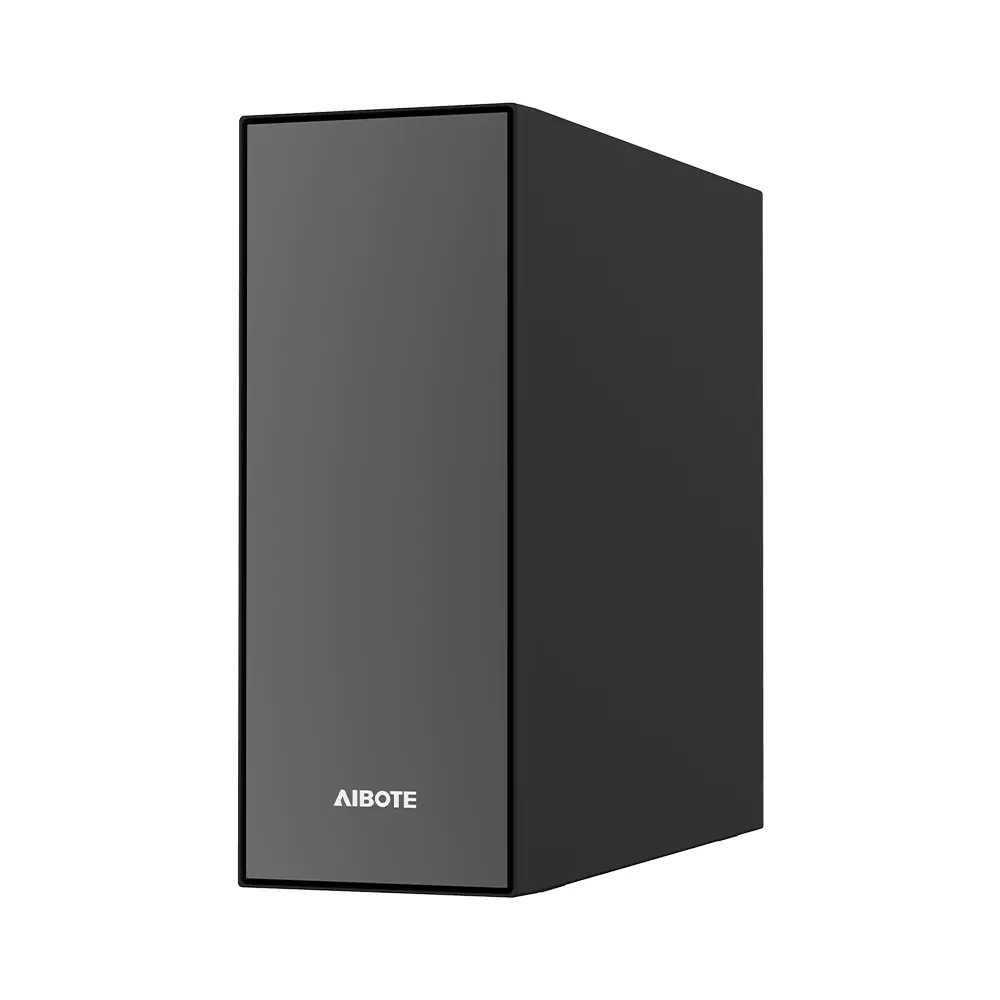Why do Water Filtration Treatment Systems need to replace filters regularly?
1. The function of the filter element gradually fails
The filter element in the Water Filtration Treatment Systems removes impurities, pollutants, and harmful substances from the water by physical, chemical, or adsorption methods. Common filter elements include activated carbon filter elements, PP cotton filter elements, reverse osmosis membranes, etc. As water flows through the filter element, impurities will be trapped by the filter element, causing the filter element to gradually accumulate dirt.
As the filter element is used for a longer time, their filtering capacity will gradually decrease. When the surface of the filter element is blocked by dirt or impurities, the water flow cannot pass smoothly and the filtering effect will be significantly reduced. Taking activated carbon filter as an example, activated carbon achieves the purpose of purifying water quality by adsorbing harmful substances in water, such as chlorine, odor and organic pollutants. However, the adsorption capacity of activated carbon is limited. After saturation, it will no longer be able to effectively remove harmful substances in water. Therefore, regular replacement of filter elements is a necessary means to ensure water quality.
2. Avoid bacterial and fungal growth
During long-term use, the filter element may accumulate bacteria, viruses, fungi and other microorganisms in the water. If the filter element is not replaced for a long time, these microorganisms may breed and multiply inside the filter element. Especially for reverse osmosis systems and activated carbon filters, the humid environment provides conditions for the growth of bacteria. Once bacteria or fungi enter drinking water, it will seriously affect the water quality and even pose a threat to health.
Some high-quality Water Filtration Treatment Systems may be equipped with antibacterial filter elements that can delay bacterial growth, but even so, the filter element will lose this function as the use time increases. Therefore, regular replacement of filter elements can effectively avoid microbial contamination in water and ensure the safety and hygiene of water.
3. Maintain water flow and water pressure
The filter element will be clogged by impurities as the filtration time increases, causing the pores of the filter element to become smaller and the water flow to be obstructed. When the filter element is clogged, the water flow capacity will decrease, thereby reducing the water flow and water pressure of the filtration system. If the filter element is not replaced for a long time, the system may not be able to provide sufficient water flow, affecting daily water demand. For example, in a reverse osmosis system used at home, the clogging of the filter element may cause the water output to slow down or even stop completely.
In addition, the clogging of the filter element may also cause damage to the water filtration system itself, increase the load on the pump body, and shorten the service life of the system. Therefore, in order to maintain the water flow and water pressure and avoid equipment damage, the filter element needs to be replaced regularly.
4. Avoid the re-release of harmful substances
In some water filtration systems, the role of the filter element is not only to absorb pollutants in the water, but also to react with certain substances through chemical reactions. For example, in the process of absorbing harmful substances, the activated carbon filter element may absorb pollutants such as chlorine and volatile organic compounds in the water. However, over time, the filter element will gradually become saturated with harmful substances. If it is not replaced in time, the filter element may release the adsorbed pollutants back into the water, causing the water quality to be polluted again.
In addition, many fine particles, heavy metals and organic matter may accumulate on the surface of the filter element. If these pollutants are not replaced in time, they may affect the taste and odor of the water and even endanger health. Therefore, regular replacement of the filter element can not only improve the water quality, but also prevent these pollutants from re-entering the water.











